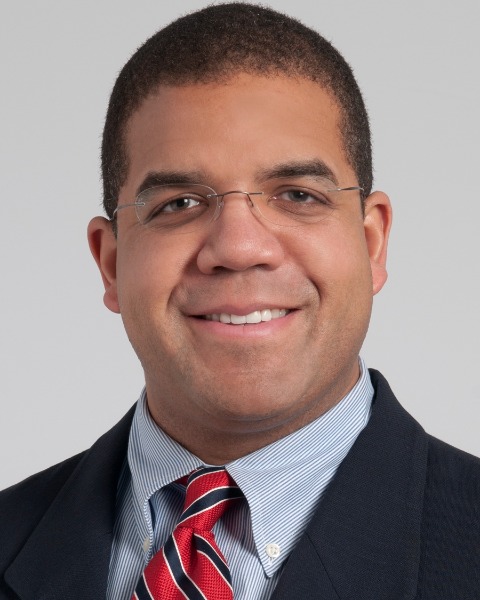Interventional Oncology
Accuracy of a Novel Augmented Reality Navigational Guidance Platform for Percutaneous Procedures

Charles Martin, III, MD, FSIR, MBA (he/him/his)
Staff Physician
Cleveland Clinic FoundationDisclosure information not submitted.
- GG
Gaurav Gadodia, MD (he/him/his)
Interventional Radiologist
VIR Chicago - JY
Jeffrey Yanof, Ph.D.
Engineer
MediView - AH
Aydan Hanlon, BS
Engineer
MediView - AC
Adam Cargill, MS
Director of QARACA
MediView - PB
Peter Braido, MS
Engineer
MediView - CW
Crew Weunski, MS
Engineer
MediView - AH
Amy Ho, MS
Employee
MediView
Presenting Author(s)
Author/Co-author(s)
Earlier work has evaluated benchtop and in vivo usability of an augmented reality (AR) navigational guidance platform that allows for real-time holographic projection and fusion of standard-of-care ultrasound with digital anatomical models based on pre-procedural computed tomography (CT) imaging. This system is designed to facilitate improved visualization, guidance, and accuracy during percutaneous procedures such as biopsies and ablations. The purpose of this study is to evaluate system accuracy.
Materials and Methods:
Our team developed an AR visualization and navigation system using the HoloLens 2 (Microsoft, Washington, USA) head-mounted display (HMD). The system utilizes AR to stereoscopically project and register 3D CT-based models of segmented anatomy with electromagnetically tracked ultrasound and instrumentation, giving the operator comprehensive holographic visualization for intra-operative planning and navigation during percutaneous procedures.
In this cadaveric study, tracked needles were navigated to implanted artificial targets using the platform for guidance. Image Fusion Registration Error (IFRE), the multimodality image registration error measured as the post-registration distance between a corresponding point measured in the holographic CT and tracked ultrasound coordinate systems, and Target Registration Error (TRE), the Euclidian distance between needle tip and target after the needle has been placed, were measured as registration and targeting accuracy metrics. A t-distribution was used for statistical analysis.
Results:
Three operators performed 18 needle passes on 4 targets within the cadaver. The average depth of for each needle pass was 8.54 cm from skin to target center. Mean IFRE was 4.353 mm (H0: µ ≥ 5 mm, p < 0.05). Mean TRE was 2.293 mm (H0: µ ≥ 5 mm, p< 0.00001).
Conclusion:
This study demonstrates the high registration and targeting accuracy of this multimodality AR image guidance platform in percutaneous needle-based procedures. This suggests ability to improve clinical performance in percutaneous procedures such as ablations and biopsies. Further evaluation including in vivo studies are ongoing.

.png)
.png)
.jpg)
.png)
.png)
.png)
.jpg)
.png)
.jpg)